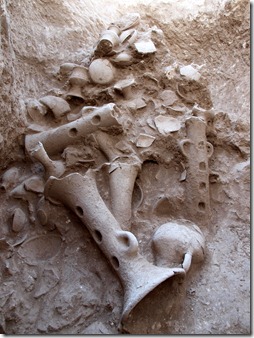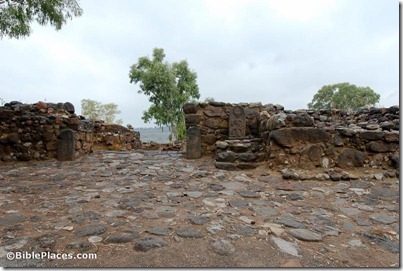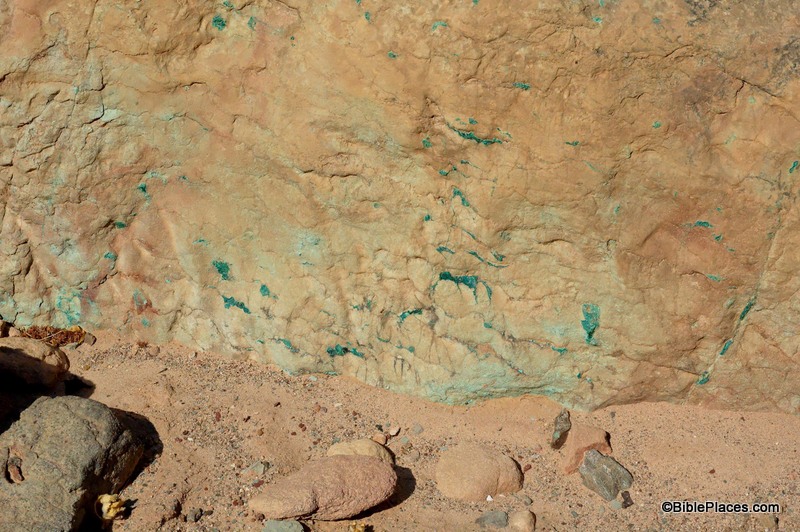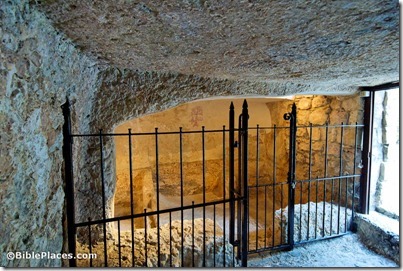This article, from Jewish Ideas Daily, claims that an ancient agricultural village in Modiin Illit will be opened exclusively for the ultra-Orthodox (Haredim).
In the middle of Modiin Ilit, specifically in Kiryat Sefer, there has been an ancient archaeological site dating back to the Second Temple period. The site is an ancient agricultural village, with a wine press and a synagogue that are intact. While the site from an archaeological perspective is in usually good condition, the site has sat for many years, since it was discovered, and left in disrepair. It has recently been decided, by the Iryah in coordination with the government, to clean it up and turn it into an archaeological park. The mayor of Modiin Ilit announced that as per the agreement with the government, especially because of its location being in the middle of a haredi city, which is in writing and is final, the site will be managed by the haredi community and will tell the historical narrative as per the Torah rather than science and archaeology. R’ Yaakov Guterman said "the site will operate according to the narrative of our rabbonim, according to Jewish historical sources as brought in Tanakh and form the gemara and words of Chazal. The site will be open only to the haredi community, who will now have a worthy place to visit and to connect to our roots and history, without the distortions found elsewhere, where one risks hearing false opinions even to the point of apikorsus, God forbid. Also in the governmental decision it was written that the haredi community will establish the atmosphere of the site and all the details and historical mentions will be only according to sources from Chazal."
The article provides some commentary on the alleged agreement. One additional point: if restricting a rather ordinary archaeological site like this one to the ultra-Orthodox community were to improve relations between the religious and archaeological groups, it might be a worthwhile “sacrifice” for the public. Update: Paleojudaica links to the story in Haaretz, along with a response by the mayor of Modiin to close the city’s central park to ultra-Orthodox. HT: Daniel Wright

 Tel Jezreel and Mount Gilboa from the west (photo from the Pictorial Library of Bible Lands,
Tel Jezreel and Mount Gilboa from the west (photo from the Pictorial Library of Bible Lands, 

